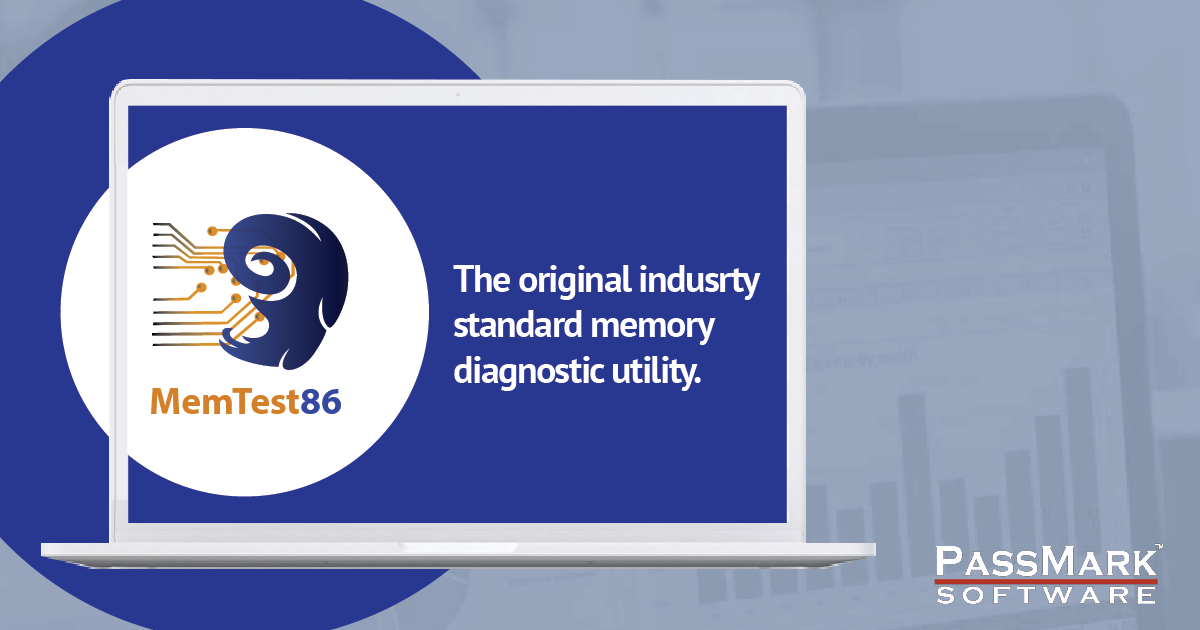Basically I have some stuff like my old CPU and GPU I know works. I bought a Used set of Ram and a Used Motherboard off of EBay and a new PSU from Amazon.
I want to build my Son a PC but I want him to experience putting it together with me.
My question is it ok and reliable to just put everything together and see if it will POST before I but Windows and an SSD?
He lives out of State with his Mom and won't be here for a few more weeks and I just want to make sure everything works fine before we spend the time putting it together.
If I get a POST into Bios does that mean as far as everything working I'm good to go?
Obviously I know things can change under load and stress but I feel like I can evaluate something like that if it pops up.
Thanks
I want to build my Son a PC but I want him to experience putting it together with me.
My question is it ok and reliable to just put everything together and see if it will POST before I but Windows and an SSD?
He lives out of State with his Mom and won't be here for a few more weeks and I just want to make sure everything works fine before we spend the time putting it together.
If I get a POST into Bios does that mean as far as everything working I'm good to go?
Obviously I know things can change under load and stress but I feel like I can evaluate something like that if it pops up.
Thanks



